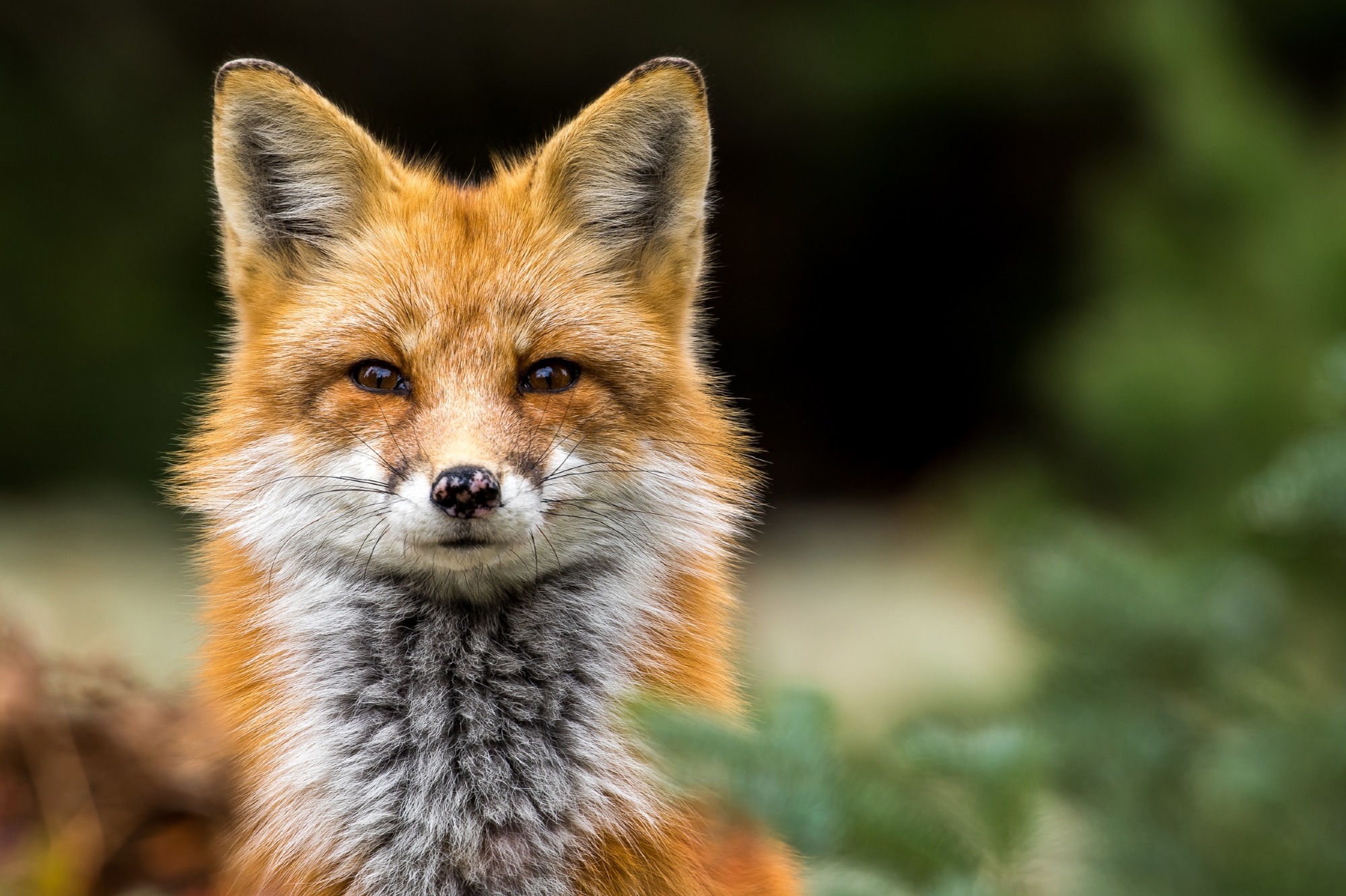
[ad_1]
In a latest research revealed within the CDC’s Rising Infectious Ailments journal, researchers characterised the pathophysiology of an infection by the extremely pathogenic avian influenza (HPAI) A (H5N1) viral organism belonging to the Eurasian lineage and a pair of.3.4.4b clade in non-domesticated terrestrial animals throughout america (US) between 1 April and 21 July 2022.
HPAI A (H5N1) has unfold over Europe and the US from October 2021 onward. The virus, corresponding to these present in Eurasian strains, was recognized within the US in December of 2021 and unfold to domesticated animals and non-domestic birds. The virus continues to be lively in non-domesticated chook reservoirs, and incidences of spillover and scientific illness in quite a few animal species happen in European nations in 2021.
 Examine: Extremely Pathogenic Avian Influenza A(H5N1) Virus Clade 2.3.4.4b Infections in Wild Terrestrial Mammals, United States, 2022. Picture Credit score: RT Pictures / Shutterstock
Examine: Extremely Pathogenic Avian Influenza A(H5N1) Virus Clade 2.3.4.4b Infections in Wild Terrestrial Mammals, United States, 2022. Picture Credit score: RT Pictures / Shutterstock
In regards to the research
Within the current research, researchers offered a sequence of instances to focus on the pathophysiology of spontaneous HPAI H5N1 infections amongst terrestrial wild animals within the US, which coincided with elevated ranges of extremely pathogenic avian influenza viruses in circulation amongst non-domesticated avian species throughout summer season and spring of 2022.
The instances included opportunistic specimens from unwell or lifeless wild animals despatched to state-level wildlife authorities or veterinary laboratories for prognosis. Wildlife and veterinary professionals, residents, and rehabilitators reported scientific observations. All animals underwent autopsy examinations carried out by pathologists or veterinarians, besides two purple foxes, which solely supplied antemortem samples.

Gross pictures of postmortem lesions from purple foxes naturally contaminated with extremely pathogenic avian influenza virus, United States. A) Lungs have didn’t collapse and are diffusely edematous and mottled pink to darkish purple. B) Cross part of the left ventricle of the center exhibiting a focal area of myocardial pallor within the papillary muscle (arrows). C) Abdomen contents with feathers.
Publish-mortem specimens included swabs in viral switch mediums, frozen or refrigerated tissue samples, and tissues preserved in 10% formalin. Along with complete nucleic acid extraction and ribonucleic acid (RNA) separation, the researchers used reverse transcription-polymerase chain response (RT-PCR) to focus on the conserved web site of the influenza A virus (IAV) matrix genes. The workforce carried out two assessments for influenza A virus H5 subtyping: IAV and H5 subtype hemagglutinin gene targeted-RT-PCR and the H5 subtype clade 2.3.4.4b-targeted RT-PCR for the North American, Eurasian, and Mexican lineages of the virus.
H5 2.3.4.4 clade pathotyping assays and neuraminidase 1 (N1)-targeted assays for swift pathotyping and N1 subtyping have been carried out to guage IAV-positive samples. The workforce constructed phylogenetic interpretation timber and single-nucleotide polymorphism (SNP) tables utilizing a reference together with six segments from the H5N1 clade 2.3.4.4b virus and two from non-domesticated avian viruses from the northern areas of America. Veterinary pathologists throughout institutes processed formalin-fixed specimens for histopathologic examination. As well as, a monoclonal immunohistochemistry (IHC) examination for influenza A and canine distemper virus (CDV) antigen was carried out.
Outcomes
HPAI was recognized in 67 non-domesticated animals throughout 10 US states between April and July 2022, together with 50 red-colored foxes, six striped skunks, 4 raccoons, two bobcats, two Virginia opossums, one coyote, one fisher, and one grey fox. Probably the most prevalent pathologies in contaminated animals have been necrotizing meningoencephalitis, interstitial pneumonia, and cardiac necrosis. The examination of sequences from 48 animals reveals that these cases are the results of wild chook diseases.
The coyote, striped skunks, purple foxes, opossums, and three (of 4) raccoons have been juvenile, whereas the bobcats, grey foxes, and fisher have been adults. There have been no intercourse preferences throughout the organic species. Skunks numbered 1-5 have been a part of two litters that camelid at rehabilitation facilities, and wo opossums and 12 purple foxes have been strongly suspected or recognized of being littermates. A veterinarian or wildlife rehabilitator cared for 44 animals; 9 animals have been lifeless, and 13 have been euthanized within the area. Lethargy, fever, diarrhea, unconsciousness, recumbence, paralysis, and vomiting occurred much less usually.
Dyspnea occurred in two skunks, a purple fox and a bobcat. A gross autopsy examination of 58 animals indicated that almost all had honest or good vitamin. Lung abnormalities have been constant, with hemorrhage and congestion being probably the most prevalent mind lesions. Others included pallor, congestion, hypertrophy, liver hemorrhage, and renal congestion with cortical hemorrhage. The workforce occasionally noticed pericardial effusion, pallor, and petechia within the myocardial tissues.
Nematodes have been prevalent in gastrointestinal tissues, whereas different unusual abnormalities included congestion, bleeding, and unfastened stools. The histopathological examination of 55 animals confirmed that the frontal lobe was probably the most persistently stricken mind web site. Immunohistochemical screening for avian influenza antigen on a number of organs amongst 29 animals recognized 9 distinct H5N1 genotypes primarily based on the distinctive combos of Eurasian and North American gene segments. The non-reassorted virus from an Alaskan purple fox constituted a separate introduction of H5N1 2.3.4.4b into the Americas primarily based on phylogenetic analysis and sequence similarity to Asian-origin H5N1 viruses throughout all eight segments.
Based mostly on the case sequence, the HPAI virus, a type of Eurasian lineage H5 clade 2.3.4.4b, has been found in wild terrestrial animals in america, increasing the vary of species susceptible to the virus globally. A number of North American animals are susceptible to HPAI H5N1 virus an infection by way of contaminated wild chook consumption. The predominant scientific presentation is neurologic signs, and HPAI virus an infection must be thought-about a differential prognosis with different prevalent causes of neurologic sickness in wild animals.
[ad_2]